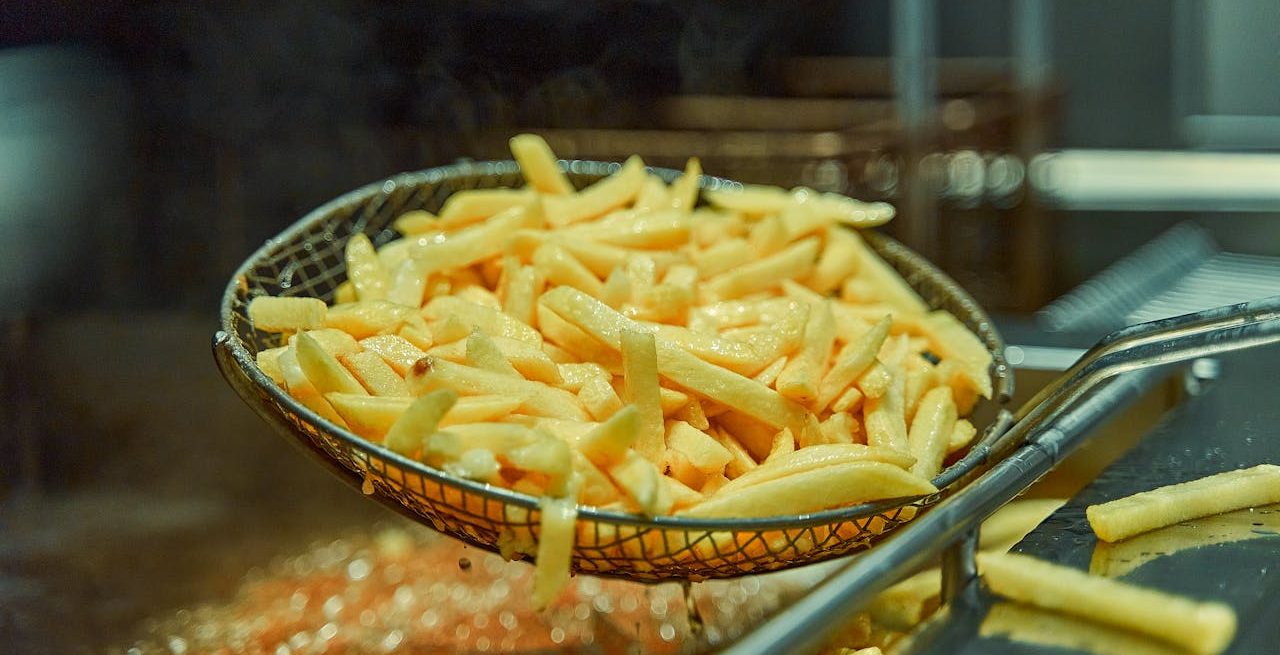What’s Cooking in the Restaurant Fryers Market?
2 Min Read By Nandini Roy Choudhury
Advancements in design and modernization are among the key elements prompting restaurant fryer sales globally. Over the next ten years, there will likely be a sharp increase in demand for automated restaurant fryers due to the introduction of cutting-edge technologies in food service equipment.
The global restaurant fryers market is projected to grow at a CAGR of 5.6 percent over the forecast period of 2023 to 2033. The market sales are on course to increase from US$ 495.6 Million in 2023 to US$ 854.6 Million by 2033, according to Future Market Insights.
Major manufacturers are producing commercial fryers with integrated filtration systems in order to meet the increasing demand. The need for portable, fast, and effective appliances is increasing, which is driving up demand for table top fryers. Fryer features like quick frying, consumption of low fuel, ease in cleaning, and capability to fry food in bulk which has predicted to grow their demand.
Trends in the Restaurant Fryers Market
Energy Efficiency: Restaurant operators are looking for more energy-efficient fryers to save operating costs and lessen the environmental effect of large fryers as worries about sustainability and energy costs grow. Advanced fryers save on electricity and in turn create a good impact on the environment. This helps restaurants reduce their carbon footprint and stay in compliance with environmental laws and regulations.
Increase in number of restaurants: The demand is also being driven by the growth of the hotels, restaurants, and cafés (HoReCa) sector and customers' growing inclination for eating out. Additionally, fast-food establishments play a major role in the sales of fried food, which drives the development of restaurant fryers. But if portable air fryers become more widely available, producers may encounter certain difficulties in the next ten years.
Space Saving Designs and Ease of Cleaning: Compact and countertop fryers have become popular in smaller food service enterprises and restaurant kitchens that have limited space. Fryers with compact designs from manufacturers are being produced while keeping their performance intact. Restaurant owners also place a high priority on equipment that is simple to maintain and clean in order to guarantee food safety and adhere to health codes. It is convenient to have fryers with characteristics like dishwasher-safe parts, self-cleaning capabilities, and detachable oil tanks.
Challenges in the Restaurant Fryers Market
Competitive Market: Restaurant fryers are part of a very competitive restaurant equipment market where many suppliers and manufacturers are fighting for the market share. It is a competitive landscape because restaurant owners navigate in order to select the best fryer for their demands and budget. This makes it tough for companies to capture the market share and have to resort to competitive pricing, complimentary services and providing excellent quality products.
Supply Chain Disruptions: The availability of restaurant fryers and component parts can be impacted by supply chain disruptions such as shortages of raw materials, delays in transit, or geopolitical concerns. This can cause delays in the procurement process and could raise expenses for restaurant owners. The production of fryers can be hit resulting in lesser manufacturing output and less sales, all arising from supply chain irregularities.


